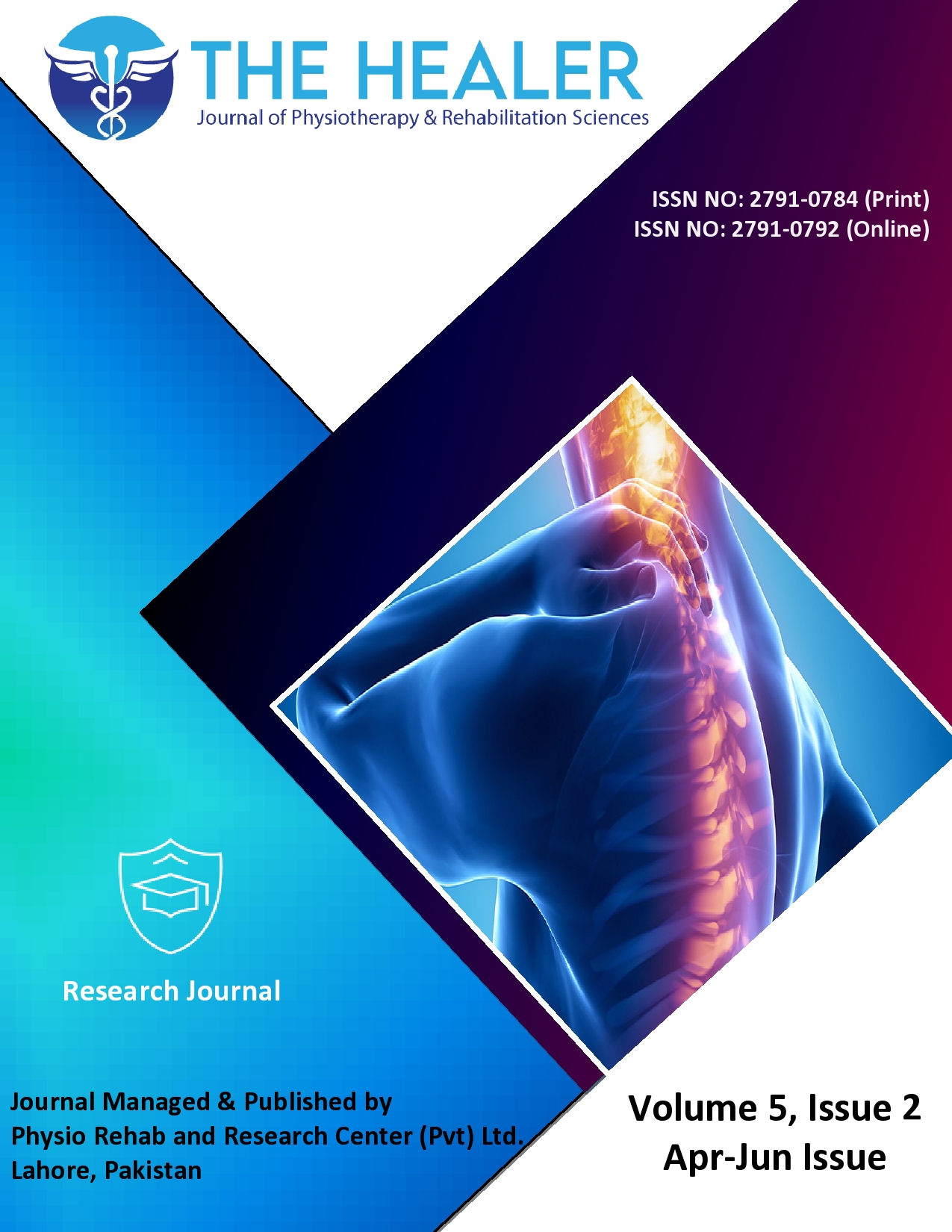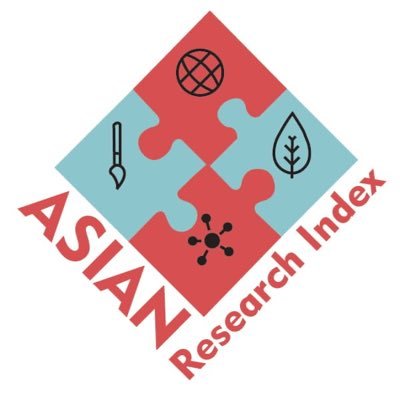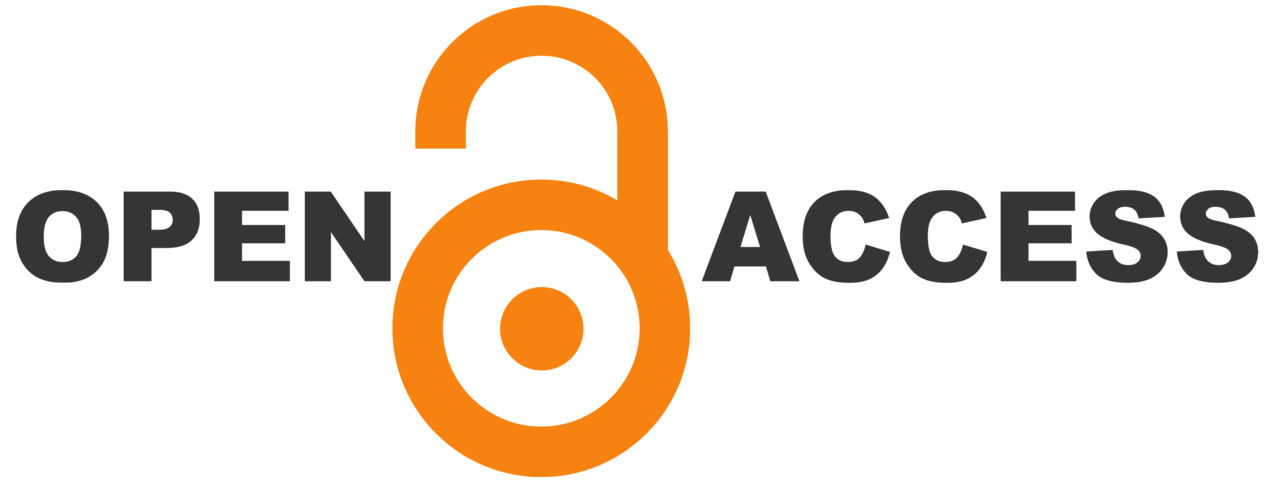Knowledge, Perception, and Preparedness of Physiotherapy Undergraduate Students in First-Aid Seizure Management
DOI:
https://doi.org/10.55735/bknse897Keywords:
Emergency management, First aid, Physiotherapy education, Seizure, Simulation training, Student preparednessAbstract
Background: Seizures are among the most common neurological emergencies, requiring timely and accurate first aid to prevent complications. Misconceptions about seizure management remain prevalent, even among healthcare trainees. Physiotherapy students, as future rehabilitation professionals, may encounter seizures in academic and clinical practice, highlighting the importance of preparedness. Objective: To assess the knowledge, perception, and preparedness of undergraduate physiotherapy students regarding first-aid seizure management. Methodology: This observational, descriptive, cross-sectional study was conducted among 150 undergraduate physiotherapy students aged 20 to 24 years, including those enrolled in the 3rd, 4th year, and internship/house officer programs. Ethical approval was obtained from the Departmental Ethical Review Committee of Isra Institute of Rehabilitation Sciences. Participants were recruited through convenience sampling from multiple physiotherapy institutions across Pakistan to ensure diversity in the sample. Students from non-physiotherapy disciplines or those unwilling to participate were excluded. Data were collected using a validated, self-administered questionnaire designed to assess knowledge, preparedness, and confidence in managing emergencies. The questionnaire was distributed online through Google Forms. All responses were coded and analyzed using SPSS version 22, and results were presented as frequencies and percentages. Results: Most participants (94%) correctly defined seizures as abnormal brain activity, and 89.3% recognised key features such as unconsciousness, eye-rolling, and tongue biting. However, misconceptions persisted: 62.7% believed inserting objects into the mouth was appropriate, and 74.7% supported restraining the person. Correct practices included placing a soft object under the head (77.3%) and removing sharp objects (82%). Only 21.3% had received prior training, and 34% felt confident managing seizures independently. Alarmingly, 41.1% provided no appropriate response to prolonged seizures lasting over five minutes. Conclusion: Undergraduate physiotherapy students demonstrate satisfactory theoretical knowledge of seizures but lack practical preparedness and hold potentially harmful misconceptions. Integrating simulation-based training and structured emergency modules into physiotherapy curricula is essential to enhance seizure first-aid competence.
Downloads
References
1. Scambler G, Hopkins A. Being epileptic: coming to terms with stigma. Sociology of Health & Illness 2008; 8(1): 26–43.
https://doi.org/10.1111/1467-9566.ep11346455
2. Hauser WA, Annegers JF, Rocca WA. Descriptive epidemiology of epilepsy: contributions of population-based studies from Rochester, Minnesota. Mayo Clinic Proceedings 1996; 71(6): 576–586.
https://doi.org/10.4065/71.6.576
3. Baker GA, Jacoby A, Buck D, et al. Quality of life of people with epilepsy: a European study. Epilepsia 1997; 38(3): 353–362.
https://doi.org/10.1111/j.1528-1157.1997.tb01128.x
4. Baskind R, Birbeck GL. Epilepsy-associated stigma in sub-Saharan Africa. Epilepsy & Behavior 2005; 7(1): 68–73.
https://doi.org/10.1016/j.yebeh.2005.04.009
5. Newton CR, Garcia HH. Epilepsy in poor regions of the world. Lancet 2012; 380(9848): 1193–1201.
https://doi.org/10.1016/S0140-6736(12)61381-6
6. WHO. Epilepsy: a public health imperative. Geneva: World Health Organization; 2019.
7. Kvalsund MP, Birbeck GL. Epilepsy care challenges in developing countries. Current Opinion in Neurology 2012; 25(2): 179–186.
https://doi.org/10.1097/WCO.0b013e328350baf8
8. Meyer AC, Dua T, Ma J, et al. Global disparities in the epilepsy treatment gap: a systematic review. Bulletin of the World Health Organization 2010; 88(4): 260–266.
https://doi.org/10.2471/BLT.09.064147
9. Al-Hashemi E, Ashkanani A, Al-Qattan H, et al. Knowledge about Epilepsy and Attitudes toward Students with Epilepsy among Middle and High School Teachers in Kuwait. International Journal of Pediatrics 2016; 5138952.
https://doi.org/10.1155/2016/5138952
10. Trinka E, Cock H, Hesdorffer D, et al. A definition and classification of status epilepticus. Epilepsia 2015; 56(10): 1515–1523.
https://doi.org/10.1111/epi.13121
11. Kazl C, LaJoie J. Emergency seizure management. Current Problems in Pediatric and Adolescent Health Care 2020; 50(11): 100892.
https://doi.org/10.1016/j.cppeds.2020.100892
12. Elger CE, Helmstaedter C, Kurthen M. Chronic epilepsy and cognition. The Lancet Neurology 2004; 3(11): 663–672.
https://doi.org/10.1016/S1474-4422(04)00906-8
13. Minardi C, Minacapelli R, Valastro P, et al. Epilepsy in Children: From Diagnosis to Treatment with Focus on Emergency. Journal of Clinical Medicine 2019; 8(1): 39.
https://doi.org/10.3390/jcm8010039
14. Modi PD, Nair G, Uppe A, et al. Awareness among healthcare students and professionals in Mumbai Metropolitan region: A questionnaire‐based survey. Cureus 2020; 12: 1–18.
https://doi.org/10.7759/cureus.7514
15. Thijs RD, Surges R, O’Brien TJ, Sander JW. Epilepsy in adults. Lancet 2019; 393(10172): 689–701.
https://doi.org/10.1016/S0140-6736(18)32596-0
16. Kvalsund MP, Birbeck GL. Epilepsy care challenges in developing countries. Current Opinion in Neurology 2012; 25(2): 179–186.
https://doi.org/10.1097/WCO.0b013e328350baf8
17. Ghanean H, Nojomi M, Jacobsson L. Public awareness and attitudes towards epilepsy in Tehran, Iran. Global Health Action 2013; 6: 21618.
https://doi.org/10.3402/gha.v6i0.21618
18. Unsar S, Özdemir Ö, Erol Ö, et al. Evaluation of nursing students’ epilepsy-related knowledge and attitudes. Epilepsy & Behavior 2020; 111: 107167.
https://doi.org/10.1016/j.yebeh.2020.107167
19. Al-Adawi S, Al-Ismaily S, Martin R, et al. Psychosocial aspects of epilepsy in Oman: attitude of health personnel. Epilepsia 2001; 42(11): 1476–1481.
https://doi.org/10.1046/j.1528-1157.2001.05599.x
20. Mecarelli O, Li Voti P, Vanacore N, et al. A questionnaire study on knowledge of and attitudes toward epilepsy in schoolchildren and university students in Rome, Italy. Seizure 2007; 16(4): 313–319.
https://doi.org/10.1016/j.seizure.2007.01.005
21. Jacoby A, Gorry J, Gamble C, Baker GA. Public knowledge, private grief: a study of public attitudes to epilepsy in the United Kingdom and implications for stigma. Epilepsia 2004; 45(11): 1405–1415. https://doi.org/10.1111/j.0013-9580.2004.02904.x
22. Mushi D, Burton K, Mtuya C, et al. Perceptions, social life, treatment and education gap of Tanzanian children with epilepsy: a community-based study. Epilepsy & behavior 2012; 23(3): 224–229. https://doi.org/10.1016/j.yebeh.2011.12.003

Downloads
Published
License
Copyright (c) 2025 The Healer Journal of Physiotherapy and Rehabilitation Sciences

This work is licensed under a Creative Commons Attribution 4.0 International License.














